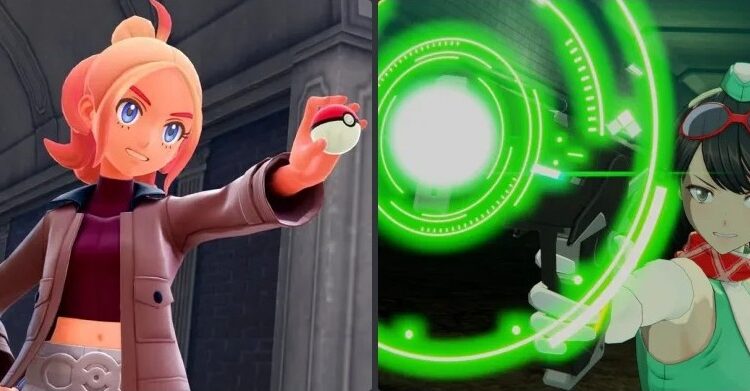Bandai Namco’s Ace Combat franchise is an arcadey flight combat saga that, while not as popular as the likes of Tekken, has gained a reputation with its dedicated fanbase for solid gameplay. The most elusive entry for Western fans, however, has been Ace Combat 3: Electrosphere (1999) for the PlayStation 1. Despite its spotty reception at launch, it has not only gained a reappraisal as a great game in its own right but also helped set the stage for later works to come.
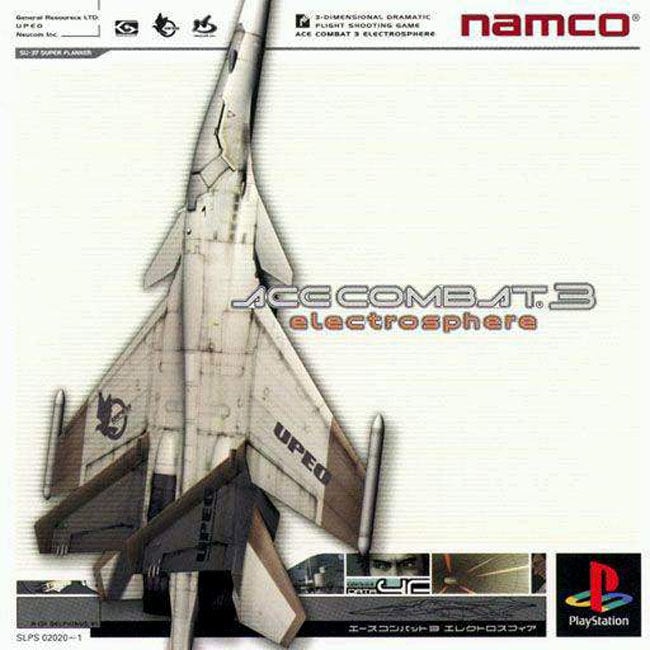
Although the game did see an international release, which came out in 2000, and the localization was relatively well-received by some critics at the time, it was notorious for significantly cropping the original version. Beyond reducing the 52 playable missions down to 36, it also removed a similarly large amount of plot, voice-acting, and animated cutscenes, the latter done by Production I.G.
Electrosphere‘s intro doesn’t waste time in flouting Production I.G.’s animation quality or the Ghost in the Shell-influenced setting. (Source: YouTube)
This is a big shame, as the Japanese rendition of Electrosphere is a remarkably complex and ambitious effort. The impact of the game could still be seen as recently as Ace Combat 7: Skies Unknown (2019). You might be wondering what to expect, then?
A Brave New World
In sharp contrast to other entries in the franchise, Ace Combat 3: Electrosphere takes place in a bleak future. It’s the year 2040, when the national governments of Usea have grown so weak that corporations all but take over, complete with private militaries. As tensions mount Neucom Inc. and General Resource Ltd., the international-backed Universal Peace Enforcement Organization, finds itself straining to maintain the balance of power. It’s into this cauldron that an enigmatic pilot named Nemo joins UPEO. What starts out as peacekeeping operations, however, soon turns into all-out conflict. Conspiracies, revenge, and transhumanism ensue, with the protagonist being the deciding factor in what happens.
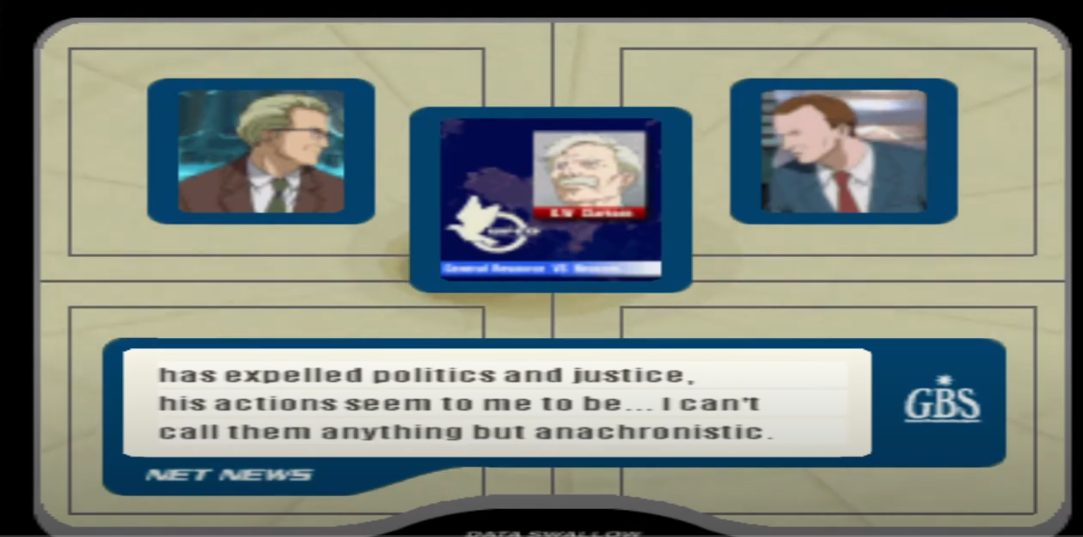
While its predecessor conceived the mainstay Usean continent, Electrosphere goes much further in terms of worldbuilding. The in-game menus in between missions, for instance, not only set a consistent cyberpunk tone, but also contain a considerable amount of backstory for various characters and organizations. As an added touch, there are news broadcasts clearly biased towards one megacorp or another, and even distinct interface quirks depending on the faction. This extends as well to the various missions, from cityscapes and facilities that give a sense of lived-in grittiness, to comm chatter from friend and foe alike. It’s not surprising, then, how these set the stage for its sequel, Ace Combat 4: Shattered Skies (2001), introducing what’s nowadays called the Strangereal universe.
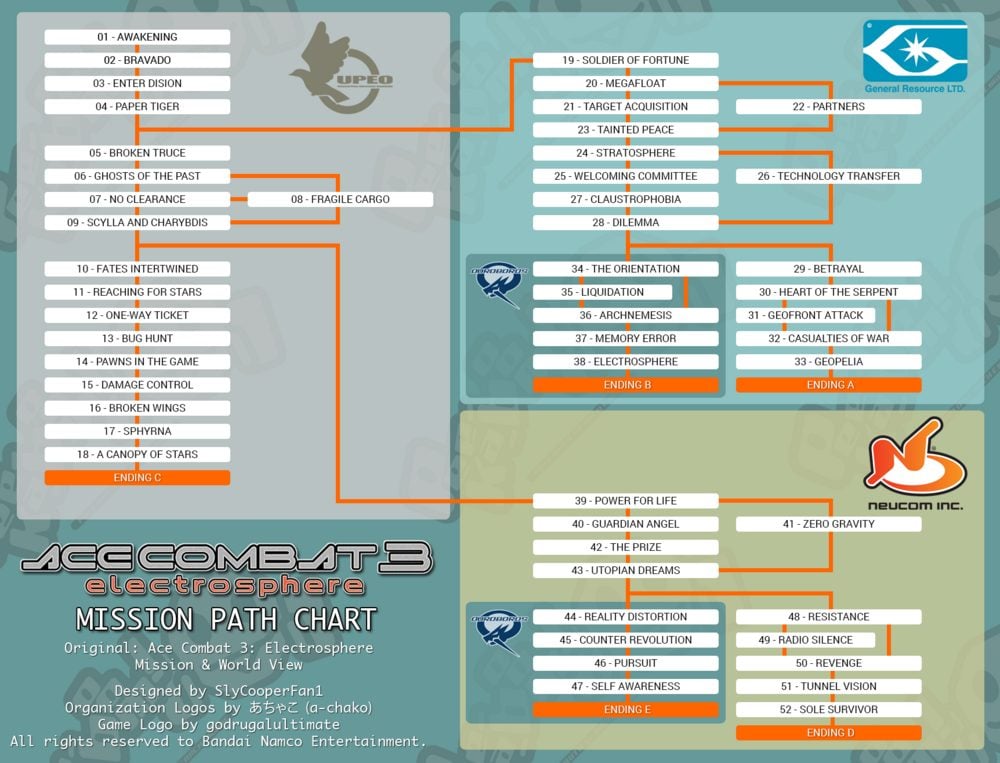
This wouldn’t mean too much if there were no story, which this game has in spades. The plot not only gets more complicated as the game progresses, but also branches off into several distinct paths. In gameplay terms, this translates into unique missions, such as how saving a wingman’s life can lead to them showing up later on, or more significantly, choosing which pilot to join (or kill) at select moments. It also manifests in how snippets of radio dialogue foreshadow certain characters’ true motivation, be it the suspicious musings of Abyssal Dision (Masashi Ebara), or UPEO ace Rena Hirose’s (Yuri Shiratori) increasingly erratic behavior. Add in different endings and a cyberpunk conceit heavily influenced by Ghost in the Shell, and you have a lot of replayability, as well as lore, to delve into.
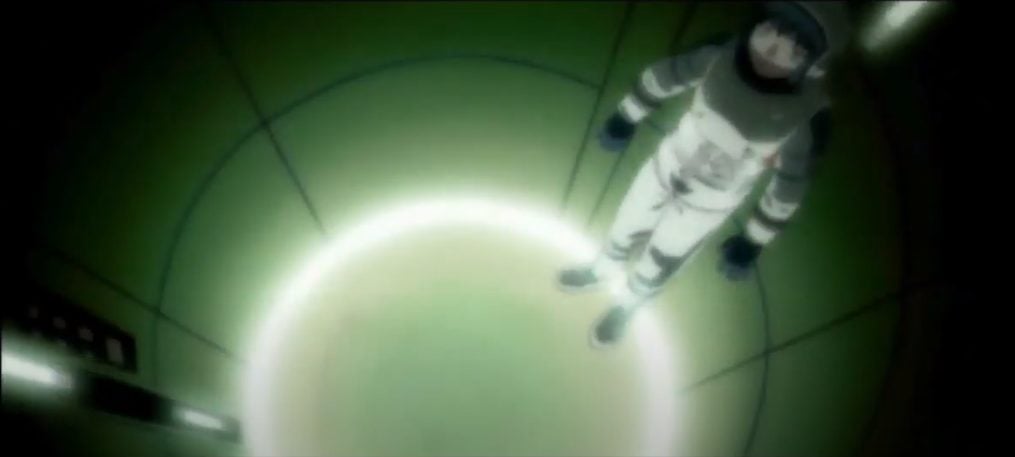
Aerial Anime Action
Production I.G.’s handiwork really shines through in the visuals. For 1999, the animated cutscenes and interludes hold up well. Not only do they complement the in-game graphics — by themselves a considerable step up from earlier titles – but they also showcase a grounded yet crisp art style that adds to the immersion. Beyond foreshadowing the studio’s aesthetics in its later Stand Alone Complex works, it’s not a stretch to see how the overall execution has left an indelible mark on the Ace Combat franchise. It’s not for nothing, after all, that some equate the series to an anime saga.
Gameplay footage of a single mission, showing how the overall execution in visuals and sound can leave a strong impression, in spite of dated hardware. (Source: YouTube)
The gameplay itself isn’t something to ignore, either. You have a large variety of fictional aircraft at your disposal, from futuristic variants of modern fighter planes to high-end General Resource jets and almost-alien Neucom prototypes. On top of refining dogfighting mechanics and flight handling, the game is notable for being the first to have customizable weapon loadouts, adding greater flexibility. Moreover, the variety of objectives and backdrops is such that it’s also the only one to feature a space mission involving orbital satellites. These would all influence and be refined further by later entries.
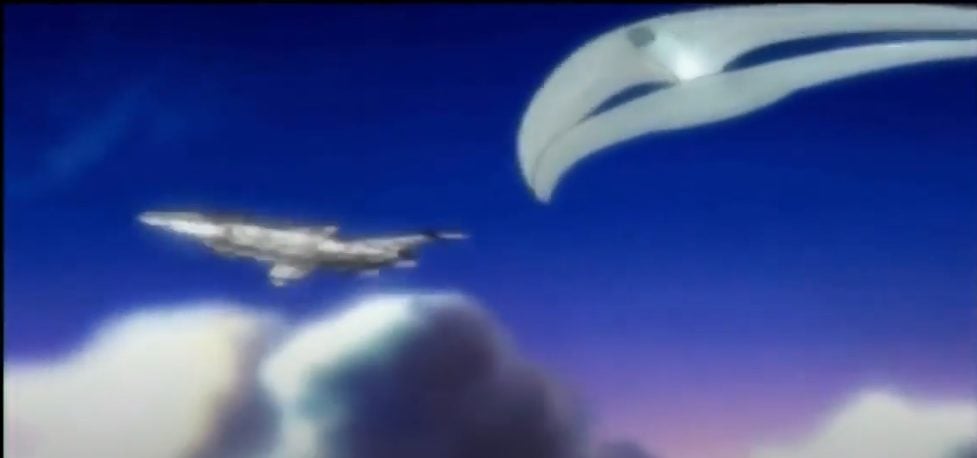
As for the audio, in what’s become a franchise staple, it’s as much a high point as the sleek craft. The soundtrack is a peculiar mix of electronic beats, rock music, and unnerving dirges that fit the bleak setting without feeling dated. These also blend well with the on-screen carnage, with missiles, explosions, and streaking jets given just enough weight. Meanwhile, the voice acting does a good in not just pushing the plot forward, but also adding emotional depth to the arcadey hijinks. All these mesh together into a sensory experience that more than makes up for the PlayStation 1’s limitations.
Abrupt Translation
With its ambitious scope, and overall solid quality, Electrosphere seemed like the kind of game that would have seen an international release, with localization subcontracted to Frognation. For reasons that remain unclear, however, Namco decided to, in translator Agness Kaku’s words, “lighten the budget by ditching much or all of the plot content.” It’s likely that this may have been due to the Japanese version underperforming in sales at the time. Whatever the case, Western fans were met with disappointment with the end result: a crippled copy that, while retaining much of the gameplay, felt cheaper by comparison.
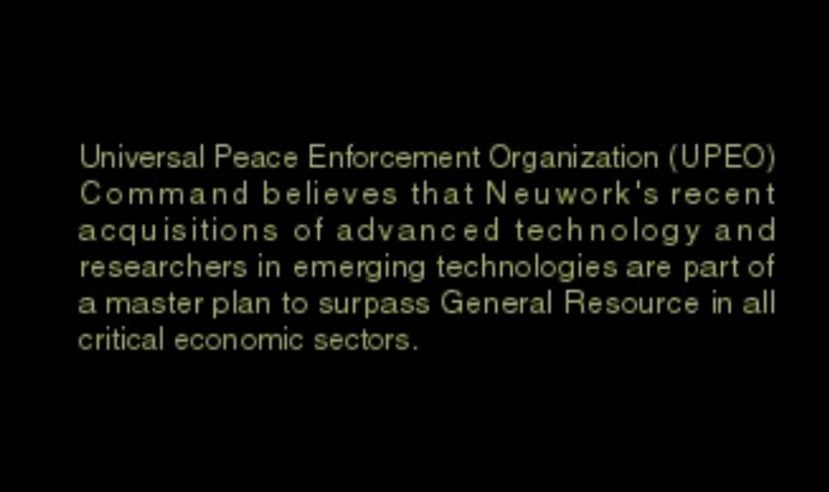
The prospects of a proper localized version, let alone a remake, are sadly too remote given how expensive such an endeavor would be even for current development team Project Aces. On the other hand, this didn’t stop a group called “Project NEMO” from releasing an English translation patch in 2016, 17 years after the original launch. Given that it’s the closest thing to experiencing the game as it was intended, it also helped foster the work’s popularity, as well as the series at large, on both sides of the Pacific. Neither have the devs forgotten either, given its canonical status and references to its plot in various entries.
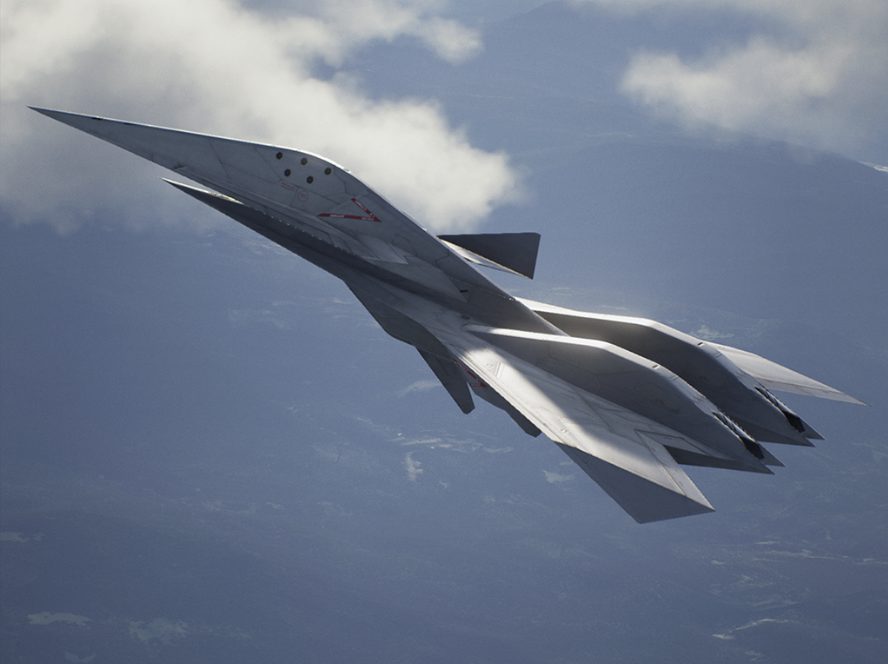
Whether you’re an Ace Combat fan, or just someone curious to see a piece of anime and gaming history, there’s something you’re bound to like in Electrosphere.


